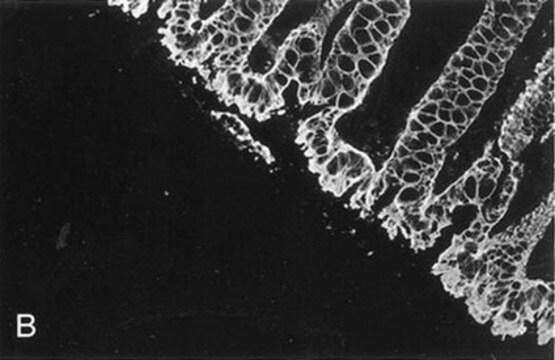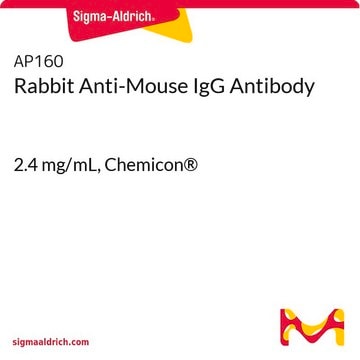FCMAB291F
Milli-Mark®Anti-Cytokeratin 5 Antibody, 6-FITC, clone D5/16B4
clone D5/16B4, Milli-Mark®, from mouse
Synonym(s):
58 kDa cytokeratin, epidermolysis bullosa simplex, Dowling-Meara/Kobner/Weber-Cockayne types, keratin 5, keratin 5 (epidermolysis bullosa simplex,Dowling-Meara/Kobner/Weber-Cockayne types), keratin, type II cytoskeletal 5
About This Item
Recommended Products
biological source
mouse
Quality Level
conjugate
FITC conjugate
antibody form
purified antibody
antibody product type
primary antibodies
clone
D5/16B4, monoclonal
species reactivity
human
manufacturer/tradename
Milli-Mark®
technique(s)
flow cytometry: suitable
isotype
IgG1κ
NCBI accession no.
UniProt accession no.
shipped in
wet ice
target post-translational modification
unmodified
Gene Information
human ... KRT5(3852)
General description
Specificity
Immunogen
Application
Cell Structure
Cytoskeleton
Quality
Target description
Physical form
Storage and Stability
Analysis Note
A431 cells
Legal Information
Disclaimer
Not finding the right product?
Try our Product Selector Tool.
Storage Class Code
10 - Combustible liquids
WGK
WGK 2
Flash Point(F)
Not applicable
Flash Point(C)
Not applicable
Certificates of Analysis (COA)
Search for Certificates of Analysis (COA) by entering the products Lot/Batch Number. Lot and Batch Numbers can be found on a product’s label following the words ‘Lot’ or ‘Batch’.
Already Own This Product?
Find documentation for the products that you have recently purchased in the Document Library.
Our team of scientists has experience in all areas of research including Life Science, Material Science, Chemical Synthesis, Chromatography, Analytical and many others.
Contact Technical Service







